Deciding how much space you actually need is one of the most important steps in any homebuying process. It’s especially crucial when considering a tiny house. These compact homes offer simplicity, lower costs, and less environmental impact but they require careful planning and honest reflection. Buying too big leads to waste. Too small, and it can create daily friction.
Interest in smaller living spaces is growing globally, from major cities to historic towns. Some buyers searching for homes for sale in San Miguel de Allende, for instance, are realizing that a sprawling villa may not be necessary when a stylish, efficient space meets their needs. Proximity also plays a role. For part-time residents or frequent flyers, knowing the closest airport to San Miguel de Allende can affect how often visitors come, and how much space you really need for guests. So, choosing the perfect home size means more than counting rooms. It means aligning space with priorities. Let’s break down what to ask yourself before settling on size.
How Many People Will Live There?
This is the starting point. Not just for today, but for the foreseeable future. Is it just one person? A couple? A family of four? Tiny houses range from 100 to 400 square feet, and while clever design can work wonders, it can’t invent elbow room out of thin air.
Also consider lifestyle compatibility. If everyone works or studies from home, you’ll need to plan for separate zones, even in a small footprint. A single-room studio may look charming in a photo, but living full-time in one without privacy can test relationships and patience. Function beats fantasy in this decision.
What Is Your Daily Routine?
Think through your day. Morning rush? Remote work? Cooking every night? Entertaining often? A good tiny house layout supports your routine, not the other way around. If you like long showers, a compact wet bath might feel cramped. If you prep fresh meals, counter space becomes more valuable than floor space.
Evaluate where you spend most of your time. Someone who lives outdoors and only needs a warm bed will size differently than a homebody who needs a cozy reading nook, a pet area, or a yoga mat’s worth of floor. Daily rituals deserve breathing room.

How Much Stuff Do You Own And Want to Keep?
Tiny homes demand tough conversations with clutter. Do you really need a dozen coats? Three sets of dishes? A dedicated file cabinet? Downsizing isn’t just physical, it’s emotional. Most tiny house residents pare their belongings to essentials and favorites.
Look at your current home. What haven’t you used in six months? What could be replaced by a multi-purpose item? Minimal living rewards thoughtful choices. If you’re not ready to let go of most things, you might need more space or storage solutions built into stairs, beds, and walls.
Will You Use the Space Year-Round?
A home that works beautifully in spring may feel claustrophobic during winter storms. Climate matters. So does how you plan to use the house throughout the year. Is it a seasonal getaway or a permanent residence? Will you need space for coats and boots in winter, or cooling systems in summer?
If you expect to be indoors more during certain seasons, the interior layout and square footage should reflect that. A few extra feet can dramatically improve comfort during long stays, especially in extreme weather zones. Size needs shift with time spent inside.
Do You Plan to Host Guests?
Everyone says they don’t. Then family visits. Or friends road-trip across the country. Do you want the ability to host others overnight, or are you fine with offering them a nearby hotel? Some tiny houses include a loft or convertible sleeping area, but that space comes at the cost of ceiling height, headroom, or storage.
Think realistically. A fold-out couch or outdoor sleeping pod can be good compromises if guest visits are rare but important. If overnight hosting is a regular occurrence, your ideal home size might sit closer to the upper end of the tiny house spectrum.

Are You Comfortable With Multi-Use Spaces?
Tiny homes thrive on flexibility. A table might serve as a desk, dinner setting, and prep station. Stairs may double as drawers. Murphy beds and collapsible furniture are common. But these conveniences ask you to reconfigure spaces daily.
Some people love that rhythm. Others tire of rearranging their home to use it. If you prefer dedicated zones like a reading corner that always stays put you’ll need to prioritize square footage accordingly. Efficiency means nothing if it frustrates your habits.
How Often Will You Be on the Move?
A mobile lifestyle changes the equation. If your tiny home will be towed or relocated frequently, weight and dimensions come into play. You’ll need to meet road regulations, ensure balance, and protect breakables. That can limit features like heavy countertops, large appliances, or king-sized beds.
On the other hand, if your tiny house will stay on a fixed foundation, you can design with more freedom. Movability introduces trade-offs in both design and durability. Always match your home’s layout and materials to how often you expect to move.

What’s Your Budget for Utilities and Maintenance?
Tiny homes reduce many long-term costs, but every inch still costs something to heat, cool, clean, and maintain. Choosing a smaller size often leads to lower energy bills and quicker cleaning. But packing too much into a tight space may require high-end materials or compact appliances that raise upfront costs.
Balance your budget across both initial build and ongoing upkeep. Investing in solar, composting toilets, or rainwater systems may reduce utility bills. But those systems require planning and space. Size influences both cost and complexity.
How Do You Use Outdoor Space?
A tiny home can feel palatial if paired with a well-planned outdoor area. Decks, gardens, and covered patios expand living space dramatically. If you live in a mild climate, outdoor furniture and shade structures can serve as dining and lounging areas.
If your lifestyle leans toward outdoor cooking, gardening, or socializing, you might prioritize a smaller interior footprint and dedicate more resources to the exterior. But in colder climates, you’ll want more indoor comfort year-round. Outdoor access can’t compensate for poor internal layout when winter rolls in.
Are You Planning for Future Life Changes?
Today’s needs may not match tomorrow’s. Planning for flexibility matters, especially if you're entering a new phase of life. Will you be adding a pet? Starting a home business? Thinking of having a child? Downsizing for retirement? A well-chosen home size should reflect not just the present, but your trajectory.
Modular features and scalable layouts can help. Some buyers start with a small base and add a studio, trailer, or pod later. That allows you to stay small now, without locking yourself into a space that might not serve you later.

What’s Your Comfort Level With Minimalism?
Tiny house living invites a minimalist mindset. That doesn’t mean stark or spartan. But it does mean living deliberately. Every object earns its place. Every square foot is optimized. And every day, you live closer to your surroundings and routines.
If that concept excites you, smaller might be better. If it sounds restrictive, a slightly larger layout may provide the breathing room you need to thrive. Not everyone is wired for compact living. The perfect home size aligns with your values, not just your square footage.
Have You Toured a Tiny Home in Person?
Photos don’t tell the full story. Neither do floor plans. There’s no substitute for standing inside a 250-square-foot home to feel how the space flows. Some layouts feel bigger than their numbers. Others feel cramped despite good specs.
Visit builders, attend tiny home expos, or rent one for a weekend. Test-drive your decision. Bring a measuring tape and a list of your daily needs. Sometimes, ten extra square feet changes everything. Let experience, not just theory, guide your final choice.
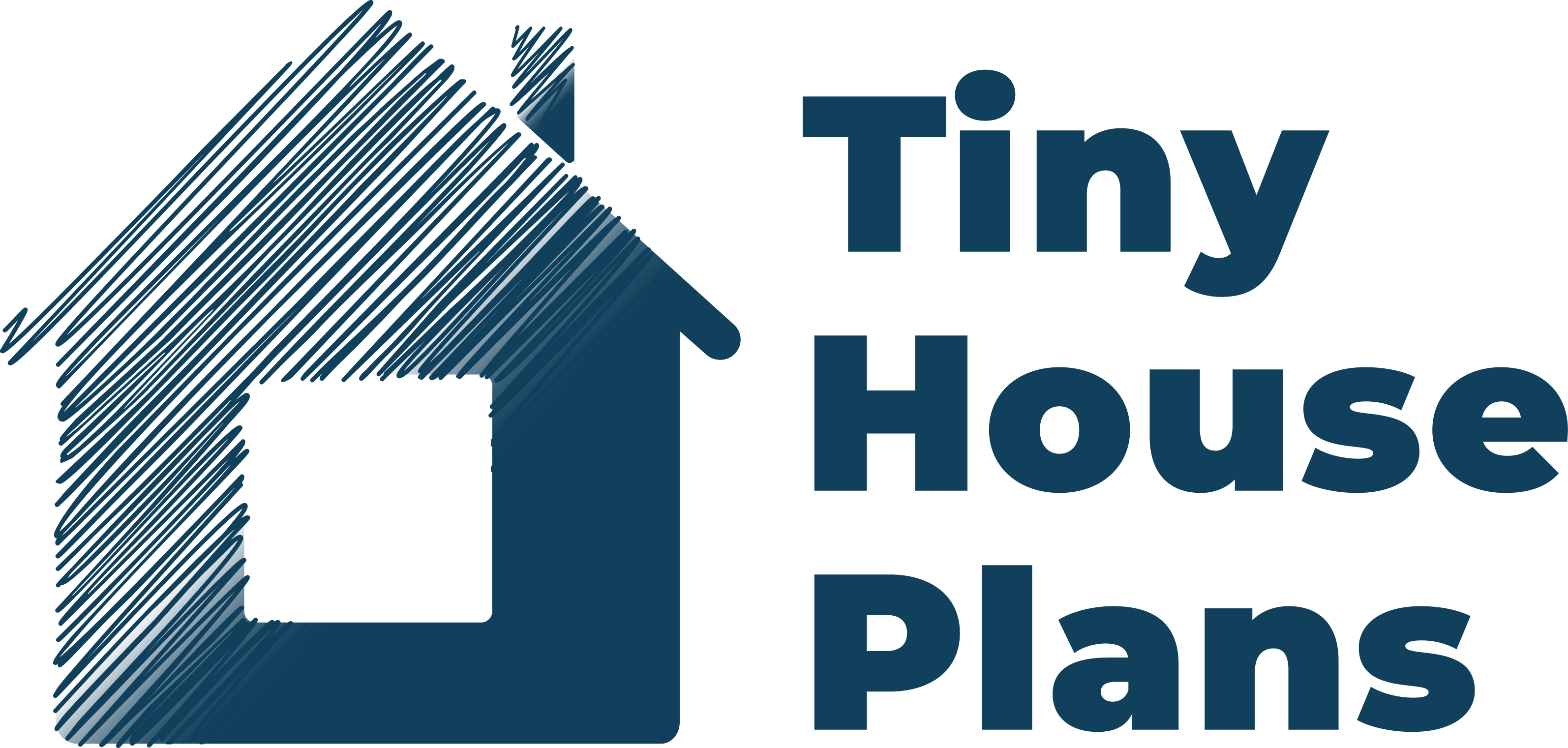

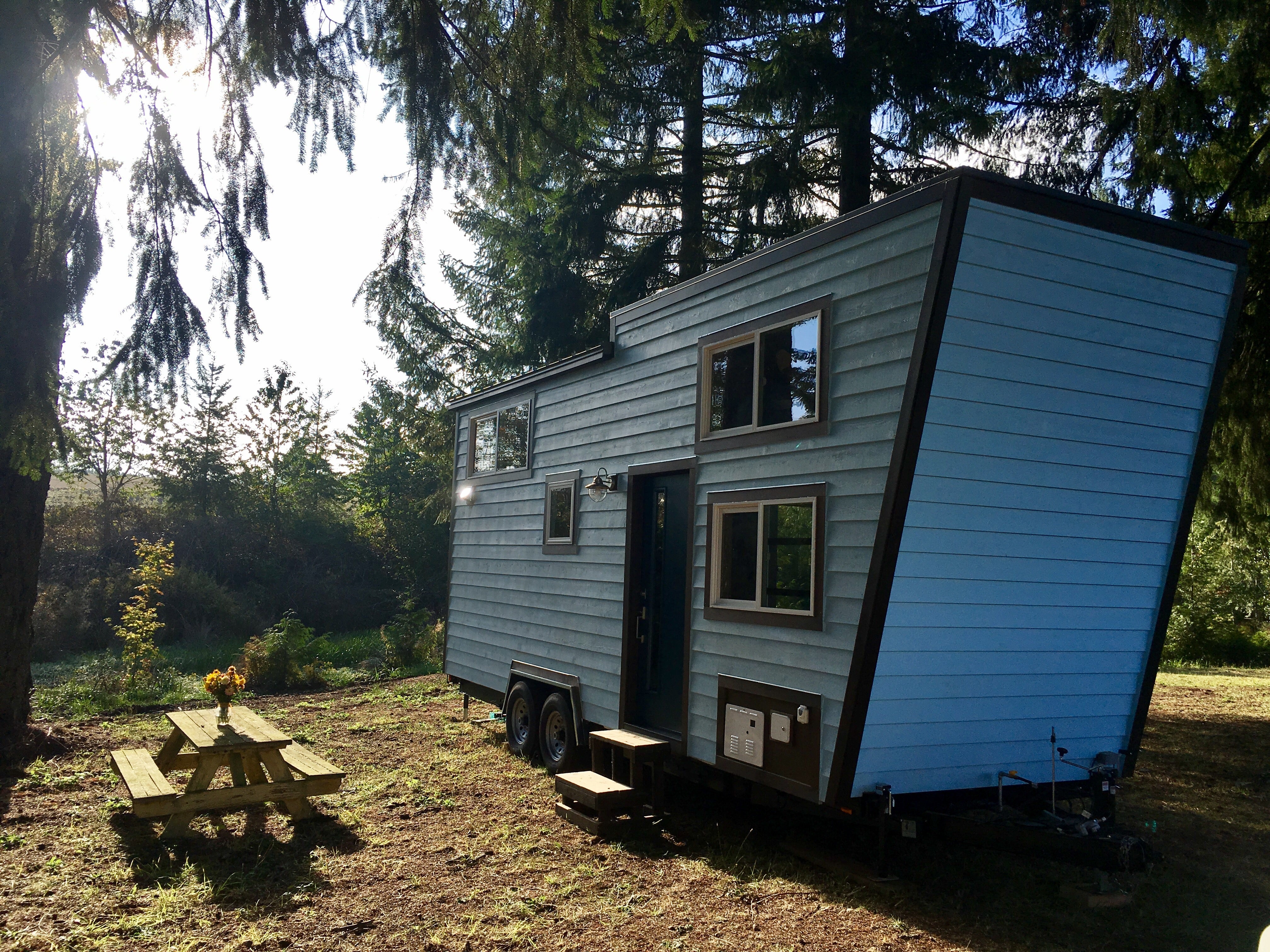
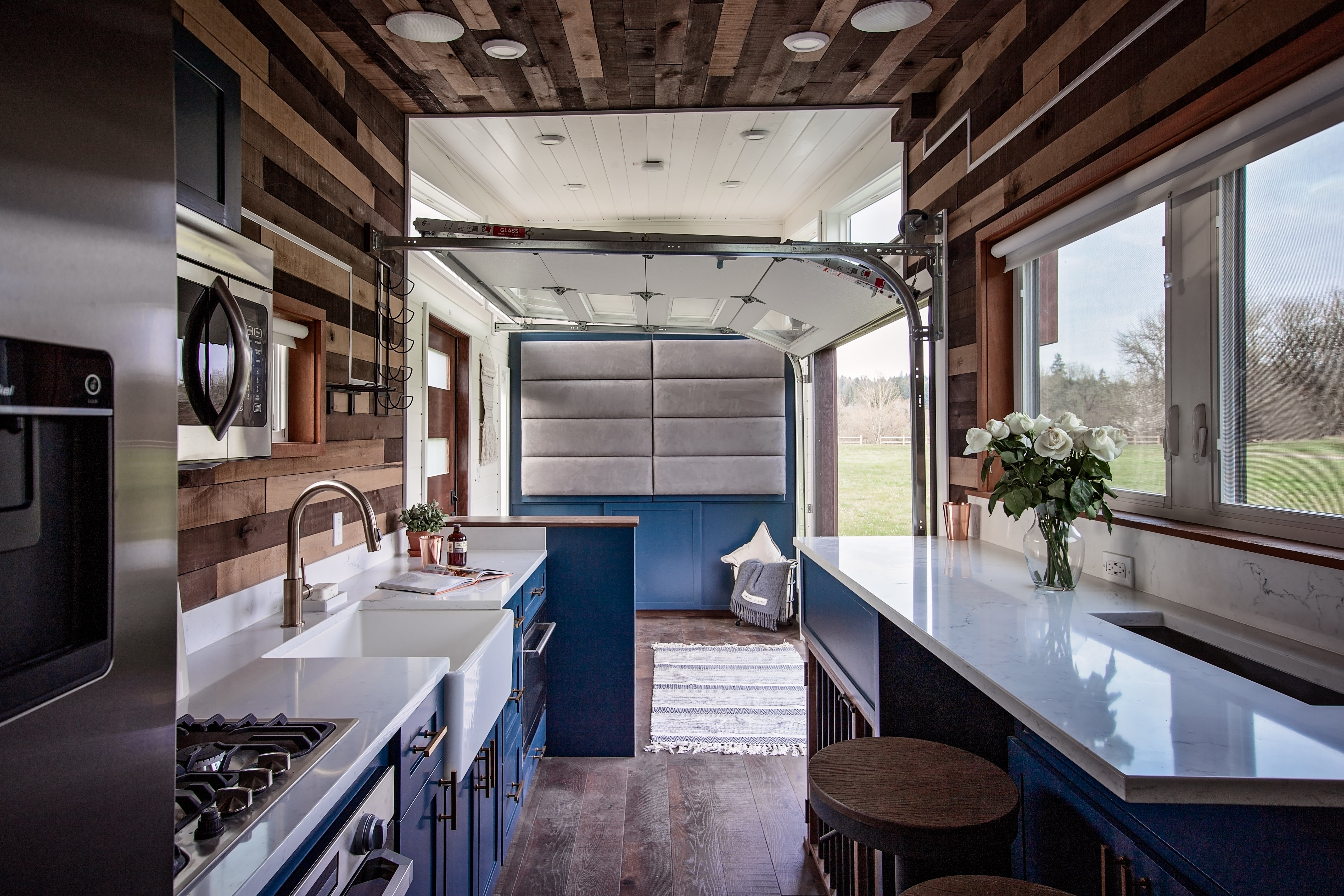
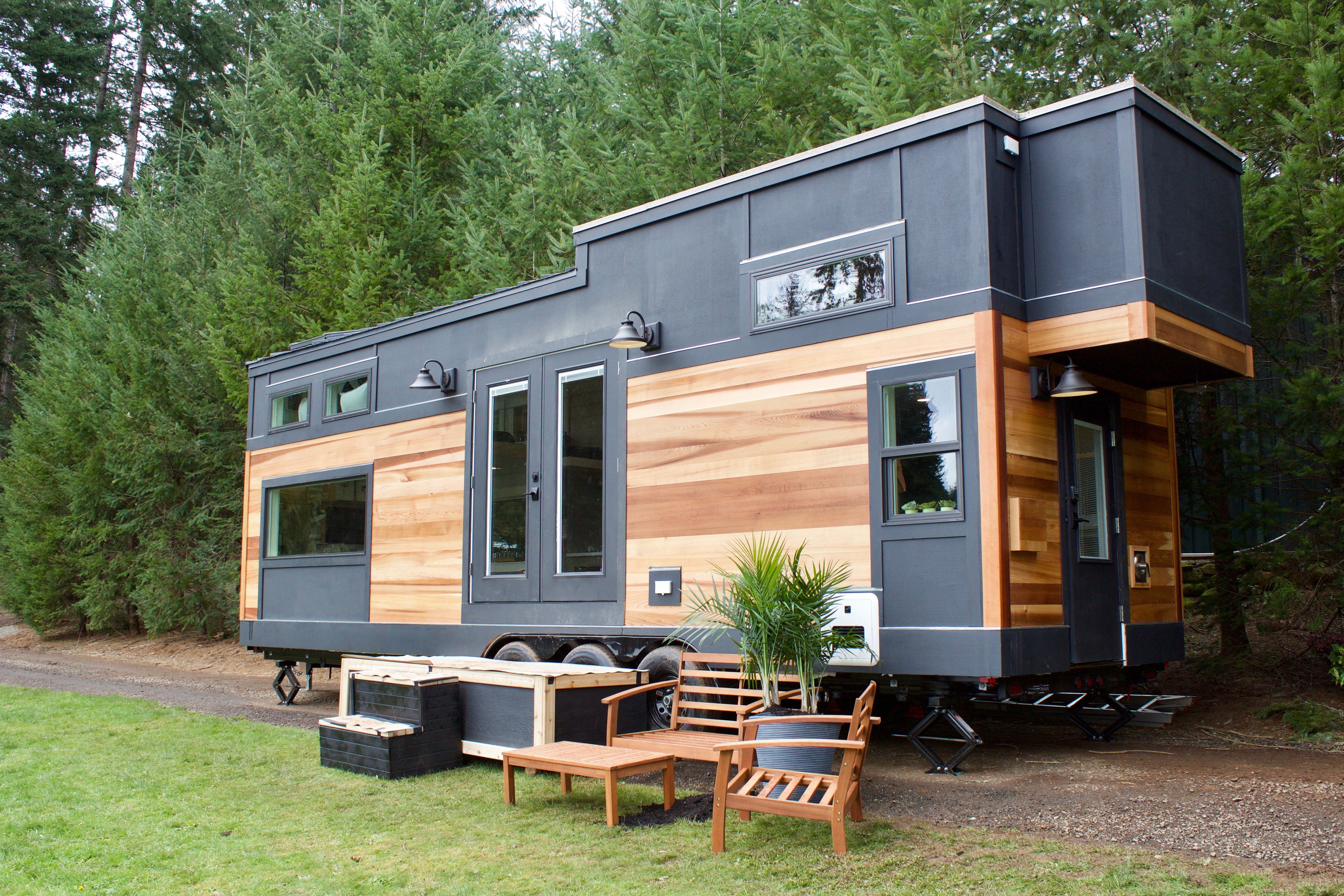
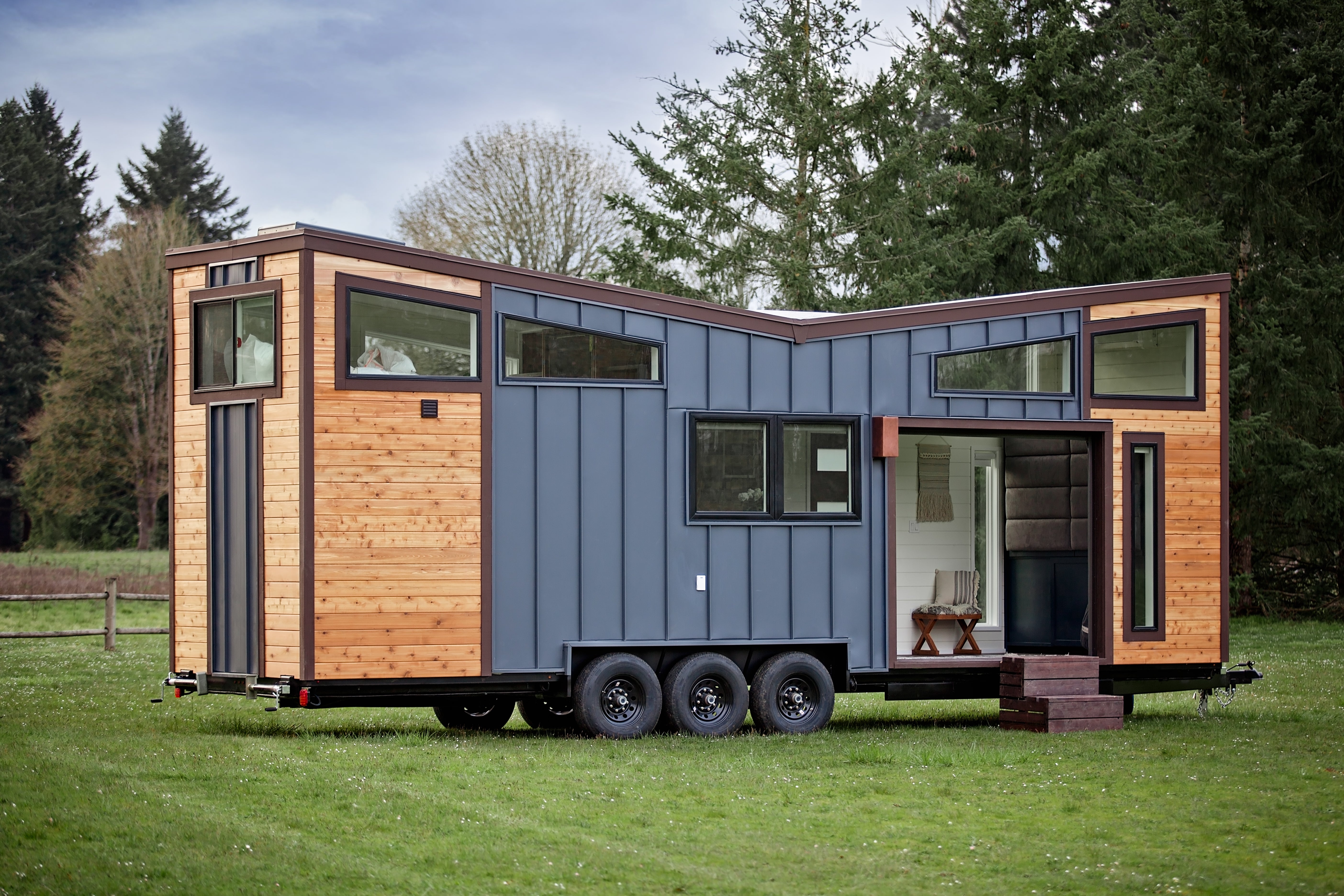
Share: